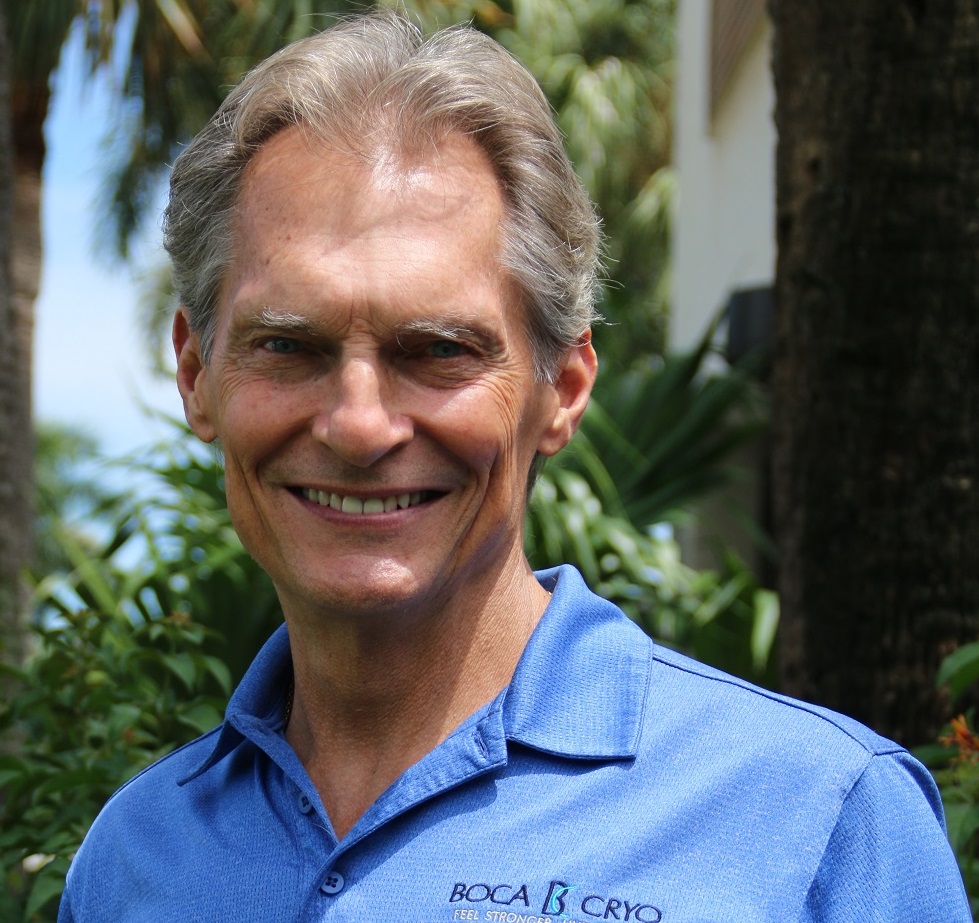Stress is a powerful force, which can manifest into several health-threatening conditions. We humans experience stress in different ways, whether it be psychological (e.g., fear), emotional (e.g., grief), or physical (e.g., disease). So it’s not surprising that our emotional or psychological stressors play a part in our physical well-being.
When we hear someone say, “I’m so stressed” or “This stress is killing me”, we immediately identify and to some extent, and even begin to feel stressed ourselves. Stress is so powerful that it may affect us even if we are not personally experiencing it! Have you ever been summoned by the boss, principal or teacher, knowing only that they want to see or speak with you personally? If so, you probably remember the gut wrenching thought of “What did I do wrong or what trouble am I in now?” In many cases, we think the worst-case scenario, (i.e., being fired) only to find out that the boss instead, wants to promote us. These periods of self-inflicted worry are examples of psychological stress. Sometimes, we experience a collapsed relationship or worse yet, the loss of a loved one. In both cases, our bodies manifest that loss as emotional stress.
Stressful events are thought to influence the pathogenesis of physical disease by causing negative affective states (e.g., feelings of anxiety and depression), which in turn exert direct effects on biological processes or behavioral patterns that influence disease risk. This is why emotional and psychological stressors can lead to physical stress, which is associated with different diseases.
So what is it about stress that leads to disease in the human body?
Let’s discuss a condition that you may not see, feel, or even know is occurring until the symptoms occur. This condition is called “inflammation,” and it is constantly occurring in all of us. Inflammation is the body’s way of healing, especially in times of injury or infections and provides healing by rushing nutrient-rich blood to the injured or infected area. However, it is often present in the absence of these specific circumstances.
The body’s immune system is responsible for the inflammatory response, but in some cases, when there is no emergency to address, the immune system turns on us. The system’s own cells, responsible for protecting us, go into a destructive mode and attack healthy blood vessels, organs, and joints.
Dr. Varinthrej Pitis, an internal medicine physician at Scripps Clinic Carmel Valley, states that “When you don’t eat healthy, don’t get enough exercise, or have too much stress, the body responds by triggering inflammation.”
ALL INFLAMMATION IS NOT THE SAME
Inflammation may be described as either acute or chronic. Acute inflammation is any response of the body’s immune system to a recent event such as an injury, an insect bite, or an allergic reaction to a food, for instance. Chronic inflammation may be undetectable for a long time but in many cases, presenting with subtle warning signs along the way. Mild but prolonged fatigue may be a sign of chronic inflammation. Unrecognized, chronic inflammation can lead to more severe diseases such as diabetes, heart disease, obesity, and cancer, and arthritis, to name a few.
Whether acute or chronic, inflammation inevitably leads to pain. Health economists from Johns Hopkins University, writing in The Journal of Pain, reported the annual cost of chronic pain in the US is as high as $635 billion a year. This number exceeds the yearly costs for cancer, heart disease and diabetes combined.
EXTINGUISHING THE FIRE
Although cold therapy has been around for ages and is still considered the most effective way of decreasing acute inflammation, there is a new delivery system which may be effective for chronic inflammation as well. This method was first used by a Japanese rheumatologist who applied it to his patients with extremely high success rates. This method of therapy is called Whole Body Cryotherapy.
In 1978, Dr. Yamauchi found that short exposure to extremely cold temperatures aided his patients by decreasing their joint pain, while increasing their joint mobility.1 What he recognized in Japan so many years ago, is now being used all over the world, but now with many different applications.
The research in Europe over the past forty-plus years has clearly presented the benefits of spending 3 minutes in a sub-zero environment. These include but are not limited to decreasing and successfully treating chronic pain and inflammation due to aging, sport injury recovery, autoimmune conditions, sleep disorders, anxiety, and addictions, just to name a few. European countries have used whole body cryotherapy primarily in their hospitals, spas, and athletics, respectively in the order of greatest usage.
Whether an athlete dealing with injury or a non-athlete fighting the pain of osteoarthritis and aging, cryotherapy helps in returning the body to a normal, balanced state of homeostasis. Here’s how it works: the response of the body’s thermoreceptors, in experiencing the sudden decreasing surface temperature, signals the brain to release an endorphin named nor-epinephrine, a natural opiate we all possess. This is a fail-safe, which we all have as part of our sympathetic nervous system. The sympathetic nervous system is that “fight or flight” response we experience when face with a stressor.
Prior to treatment, the individual is prepped by covering nose, mouth, hands, and feet to safeguard the extremities and lungs from the extremely cold exposure. Skin temperatures are recorded pre and post treatment as a 20-30 degree drop is quite common. These changes in skin temperatures have been associated with a positive immune system response over time.
As the owner of Boca Cryo™, a comprehensive wellness company that utilizes Cryotherapy, I’ve personally seen the benefits our clients have experienced through treatment. Whether a professional athlete or weekend warrior, an individual fighting osteoarthritis or someone fighting back the attack of its own immune system, our clients have often found Whole Body Cryotherapy to be the antidote to the pain caused by inflammation.
So, if stress leads to inflammation, which can be detrimental to our health, what are YOU doing to fight inflammation? Whole Body Cryotherapy is safe, effective and may just be the answer to your body’s cry for help.
- Yamauchi, T., Kim, S., Nogami, S., & Kawano, A. D. (1981). Extreme cold treatment (À1508C) on the whole body in rheumatoid arthritis. Rev Rhum, 48(suppl), P1054.


